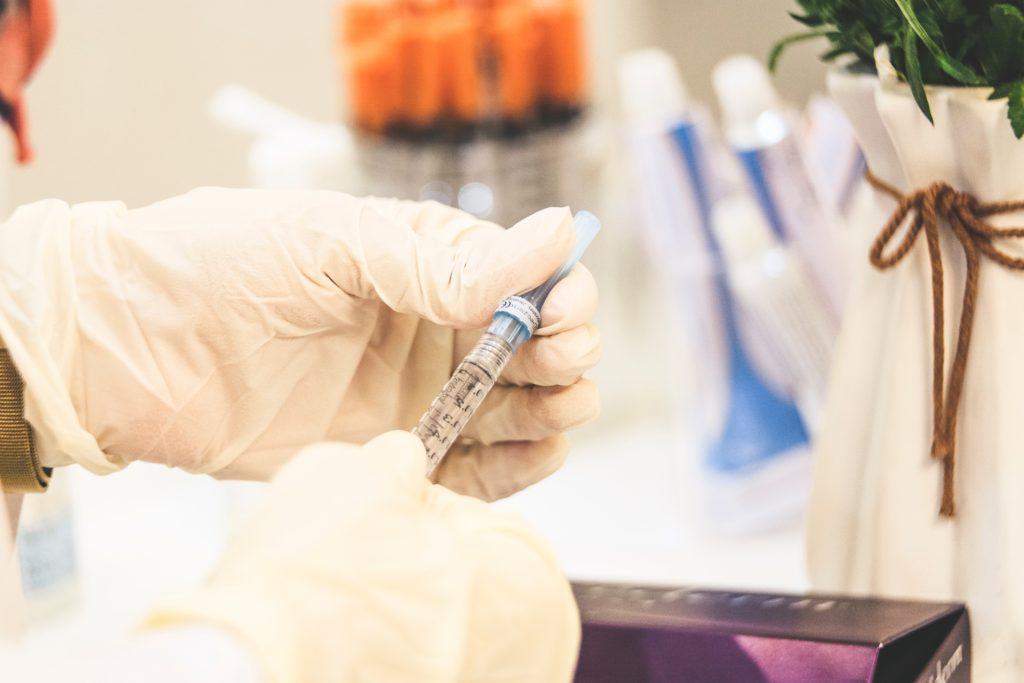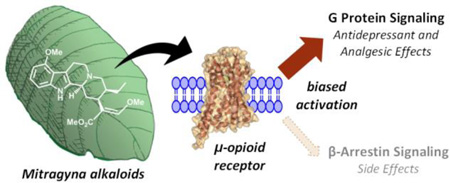
The Food and Drug Administration (FDA) has been an outspoken enemy of legal kratom since 2012. The FDA’s official stance on kratom as of 2019 has been to warn Americans that kratom is a dangerous drug that should never be consumed.
The U.S. Food and Drug Administration is warning consumers not to use Mitragyna speciosa, commonly known as kratom… FDA is concerned that kratom, which affects the same opioid brain receptors as morphine, appears to have properties that expose users to the risks of addiction, abuse, and dependence.
“FDA and Kratom”, 2019
The above and other statements by the FDA on kratom have been heavy on politics and weak on science. The suggestion, of course, is that since both kratom and morphine act on opioid receptors, then kratom must carry the same risks that morphine does, and therefore must be classified as a controlled substance. Forget that many foods act on opioid receptors. Forget that exercise and music and sex act on opioid receptors. Forget that the Drug War has only succeeded in controlling and criminalizing citizens and has not succeeded, nor has it ever tried to succeed, in being an efficient set of public health policies. Forget about educating the public on reality-based risks instead of propaganda and fear-mongering. Mentioning morphine and kratom in a sentence should be enough to control the unwashed masses so they’ll willingly give up their freedom to access to another beneficial plant.
It’s not rational to assume that the FDA is unaware of exactly what’s it’s doing with these types of statements. It’s not rational to assume that the many qualified scientists who work in FDA have not seen the science of how kratom alkaloids act differently from classical opioids on mu opioid receptors.
Scientists have researched kratom and its alkaloids for decades. A 1972 animal study by the drug company Smith, Kline, and French (which would transform into GlaxoSmithKline) was already demonstrating potential in kratom, a partial opioid agonist, as being less toxic than full opioid agonists, like morphine, or even the milder codeine. “While codeine caused emesis [vomiting] and dyspnea [shortness of breath] in these animals, mitragynine was devoid of these particular properties” wrote the scientists. The researchers had a hard time even finding toxic doses of mitragyinine. Rats were given a massive oral dose of 806 mg/kg, that not only failed to kill the rats, but “failed to produce toxicity” (Macko, 1972).
In her blistering 2018 report entitled “FDA Fails to Follow the Science on Kratom”, Jane Babin pointed out the decades and millions of research dollars spent by pharmaceutical companies in a failed attempt to find a drug that acts on opioid receptors without the severe side effects of classical opioids, like the respiratory depression that causes opioid overdose.
Scripps Research Institute scientists demonstrated a strong correlation between the relative β-arrestin bias of opioid agonists and respiratory depression, both in existing opioids, such as morphine and fentanyl, and potent experimental opioid compounds. Moreover, biased G protein signaling (the opposite effect from β-arrestin bias) broadened the therapeutic window in these studies, thereby allowing high potency antinociception in the absence of respiratory depression. Only individuals so deeply entrenched in their own faulty dogma as to be blinded to scientific discovery would refuse to recognize that kratom today satisfies goals that these preeminent scientists have been working decades to achieve.
-Jane Babin, “FDA Fails to Follow the Science on Kratom”, 2018
One of the studies in the review Dr. Babin was referring to (Schmid, 2017) by Kruegel (2016), explained how kratom alkaloids act differently on the mu opioid receptor than do classical full agonist opioids, in part with this image below.

Kratom alkaloids do not recruit beta arrestin after acting on the mu opioid receptor, which as stated above is what causes the harmful side effects in classical opioids.
There is no way FDA is unaware of kratom’s safety profile, and this is evident by the actions of those who have gone through the revolving door between the pharmaceuticals industry and the FDA. The desire to control kratom is not based on risks, dangers, or public health. It’s based on the fact that kratom will continue to be highly profitable, especially for drug companies in the future.
Daniel Fabricant, current CEO of the Natural Products Association (the largest dietary supplements trade organization), pushed for a kratom import alert during his time as director of the FDA’s dietary supplements division from 2011-2014. This exerted some form of control over kratom that has been occasionally wielded by the FDA.
In 2016 FDA recommended a Schedule I ban to the DEA, and the DEA announced its intent to schedule. This ban was pushed back primarily by a mass movement organized by grassroots kratom advocacy.
The FDA’s second major champion of kratom prohibition came in 2017 in the form of Scott Gottlieb, a venture capitalist with an M.D. and deep ties to the big pharmaceuticals industry. As FDA commissioner, Gottlieb frequently used his pulpit to exaggerate the detriments of kratom based on laughably skewed research that pulled any instance worldwide of mitragynine found in the blood of a decedent and blatantly mischaracterized it as a “kratom related death”.
Anyone educated in pharmacology and deeply involved in the pharma industry like Scott Gottlieb must understand the infinite value of kratom as a less toxic analgesic than classical full opioid agonists. Such a substance is in particular demand as the country struggles with an opioid overdose crisis coupled with a traditionally stupid and terrible drug policy that has doctors increasingly unwilling or afraid to prescribe opioids. The progress of kratom science dictates that kratom will likely be manufactured into extremely profitable drugs. Therefore the Cthulhu of Greed has been summoned to wrap its tentacles around this sacred plant from all sides to control the farming, processing, market, and laws of kratom while keeping pro-kratom advocacy and access at bay.
A Schedule I ban of kratom would not, of course, have anything to do with public health. It would place severe restrictions on research. Only those laboratories with the most time and money to secure a long-term DEA license would be granted access to kratom science. The ones with the time and money are massive pharmaceutical giants like Pfizer, who had a seat on its board for Scott Gottlieb immediately upon his departure from the FDA.
###
References
Babin, J. (2018). FDA fails to follow the science on kratom [White paper]. https://t.co/G76TVsWdLY?amp=1
Kruegel, A. C., Gassaway, M. M., Kapoor, A., Váradi, A., Majumdar, S., Filizola, M., Javitch, J. A., & Sames, D. (2016). Synthetic and Receptor Signaling Explorations of the Mitragyna Alkaloids: Mitragynine as an Atypical Molecular Framework for Opioid Receptor Modulators. Journal of the American Chemical Society, 138(21), 6754–6764. https://doi.org/10.1021/jacs.6b00360
Food and Drug Administration. (2019, Sept 11). “FDA and Kratom”. https://www.fda.gov/news-events/public-health-focus/fda-and-kratom
Macko, E., Weisbach, J. A., & Douglas, B. (1972). Some observations on the pharmacology of mitragynine. Archives internationales de pharmacodynamie et de therapie, 198(1), 145–161.
Schmid, C. L., Kennedy, N. M., Ross, N. C., Lovell, K. M., Yue, Z., Morgenweck, J., Cameron, M. D., Bannister, T. D., & Bohn, L. M. (2017). Bias Factor and Therapeutic Window Correlate to Predict Safer Opioid Analgesics. Cell, 171(5), 1165–1175.e13. https://doi.org/10.1016/j.cell.2017.10.035

as long as kratom itself remains available after a drug is eventually manufactured, I can live with it. What I cannot, and will not, live with is a kratom based drug followed by making kratom itself either harder or impossible to access. Because despite what some people may think, I want to continue to take kratom itself, not a drug produced from it